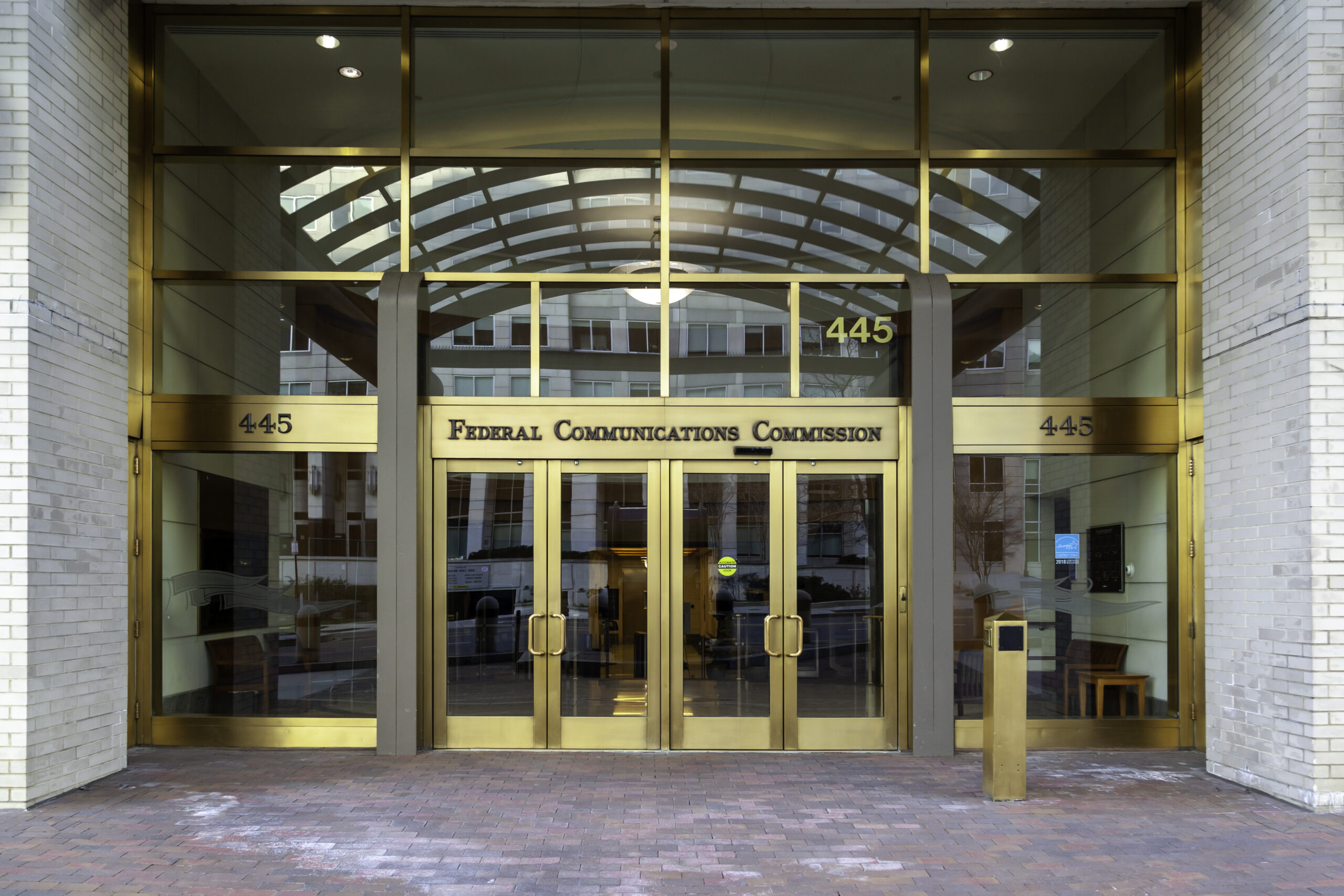Next generation communications & the level playing field – what should be done?
Next generation communications apps have taken off globally, and readers of this blog are likely to be familiar with apps including Skype, iMessage, WhatsApp, Facebook Messenger and Google Hangouts.
Internet based communications may have first gained a foothold because they enabled consumers to bypass high tariffs for voice and SMS; particularly call termination, cross-border communications and roaming charges. By doing so they have contributed to the European Single Market.
Next generation communications apps also introduced innovative features including video calling, group calling and chat, presence and photo and video sharing. Communications is also baked in to a wide range of applications and platforms spanning e-commerce (eBay), networking (LinkedIn) and games.
Next generation communications apps also help those with disabilities to communicate using sign language and text to speech. They help to break down language barriers with live voice translation in Skype and a “Tap to translate” feature in Android, and are seeing adoption by enterprise, particularly SMEs.
Messaging apps are now transforming into gateways to artificial intelligence (AI) which promise to save us time and improve our productivity – scheduling events and ordering everything from flowers to car services. Next generation communications apps are becoming platforms in their own right, and are inseparable from the wider ecosystem of devices and apps.
Yet some have argued that next generation communications apps enjoy unfair advantages over legacy services – that the playing field is not level – and that they free ride on the investments made by network access providers.
In an accompanying report I consider these points and conclude that next generation communications apps do not free ride and do not in general benefit from regulatory and competitive asymmetries. Indeed, they suffer competitive disadvantages versus legacy services due to a lack of vertical integration with networks. Regarding policy, sector-specific regulation of telecommunications should be narrowed to network access bottlenecks, with freedom to innovate and compete for all providers of communications services and apps.
Growth and investment in networks is not driven by legacy voice and SMS, but by rich applications including next generation communications apps.
 Next generation communications, far from free riding, stimulates willingness to pay for next generation broadband networks. The user benefits are substantial, and it is not a zero-sum game, with network operators who adapt seeing revenue growth. Globally A.T. Kearney estimate that network access revenues grew from €199 billion to €508 billion between 2008 and 2015, a compound annual growth rate of 14%.
Next generation communications, far from free riding, stimulates willingness to pay for next generation broadband networks. The user benefits are substantial, and it is not a zero-sum game, with network operators who adapt seeing revenue growth. Globally A.T. Kearney estimate that network access revenues grew from €199 billion to €508 billion between 2008 and 2015, a compound annual growth rate of 14%.
Regarding the level playing field, legacy communications enjoy advantages over next generation communications apps including access to managed network capacity and 2G coverage, integration with the default calling “app”, numbering based interoperability, emergency calling and bundling under contracts. These advantages stem from vertical integration and standards.
These legacy service advantages should not necessarily be removed since integration can offer advantages for consumers, neither should such advantages necessarily be extended to next generation communications apps. But they do highlight that the playing field is not simply tilted against legacy services. Reality is complex and not all disadvantages and advantages should, or sensibly could, be eliminated.
Some have also argued that legacy services are more interoperable and that perhaps such interoperability should be a requirement for next generation communications apps. However, as the table below shows, there are multiple dimensions to interoperability and legacy services are less interoperable than next generation communications apps in a number of respects. Consumers can also use multiple competing apps (multi-homing), whereas legacy services are tied to a particular device/SIM card.
| Voice | SMS | Skype | ||
| Phone number interoperability (by default) | ✓ | ✓ | x | x |
| Device interoperability e.g. PC, tablet, mobile | x | x | ✓ | ✓ |
| Network interoperability | x† | x | ✓ | ✓ |
| Ability to use competing services on device | x | x | ✓†† | |
† Some devices & networks allow Wi-Fi calling
†† Consumers can readily adopt & use multiple services (multi-homing)
A range of sector-specific regulation applies to legacy services which does not apply to next generation communications. However, such regulation is not in general applicable to next generation communications, for the following reasons.
An obligation may be neutral but next generation communications may not fall within its scope. Fees for licenced spectrum apply to anyone holding licenced spectrum, which next generation communication app providers in general do not. Other examples include provisions relating to contracts and number portability.
The rationale for a given regulatory obligation may not apply to next generation communications. Obligations that apply to access and not apps fall within this category, including aspects of universal service.
Problems in relation to market power may be unique to legacy services. These include call termination and roaming, neither of which arise in relation to next generation communications. However, to the extent that next generation communications apps compete with legacy services, the rationale for some regulation may fall away.
The balance of costs and benefits of an obligation may differ. Emergency calling is an example. Whilst in principle it might seem logical to extend this obligation to all communication services the costs of doing so, and the risk of consumer confusion and therefore harm, raise serious doubts regarding extension.
Considering the above, a level playing field in terms of regulation is not a helpful general guiding principle for policy. As NERA note, a functionality-based approach to regulation should recognise that “differences in technology may require different regulatory treatment to achieve a common objective.”
There are no clean lines between apps in general and communications apps. Communications has been incorporated into a wide range of apps such as games including Angry Birds, social networks including LinkedIn and e-commerce including eBay. Communications apps, for example WeChat, are also becoming platforms for other apps.
The vibrancy of next generation communications is down to freedom to innovate. Extension of regulation to next generation communications would chill European innovation in the development and use of rapidly evolving apps, and by extension into the wider device and broader app ecosystem. Not only would this harm European consumers and businesses who use such apps; it would also harm European developers who are successful globally.
Instead, an objective and problem driven approach to regulation should be adopted. Rather than extending sector-specific regulation to the broader messaging environment, and by extension apps in general, the focus of ex ante regulation should be narrowed to network access bottlenecks. The freedom to innovate which has characterised the apps market, which has delivered so much already and promises to deliver much more, should be extended to all providers of communications services.
Brian Williamson is a Partner at Communications Chambers who specialises in telecommunications, radio spectrum and internet related policy issues.








